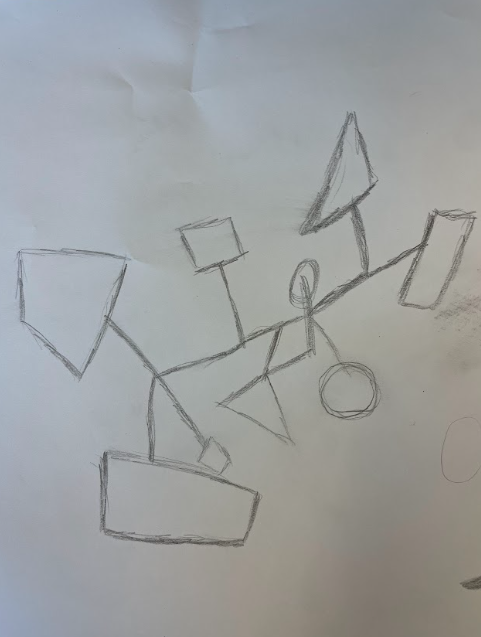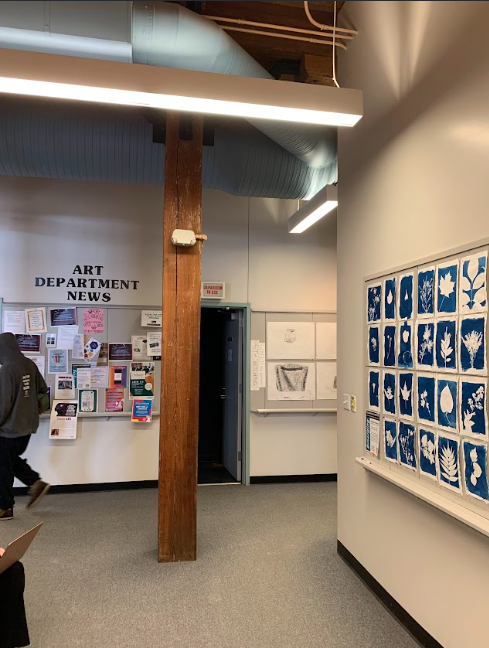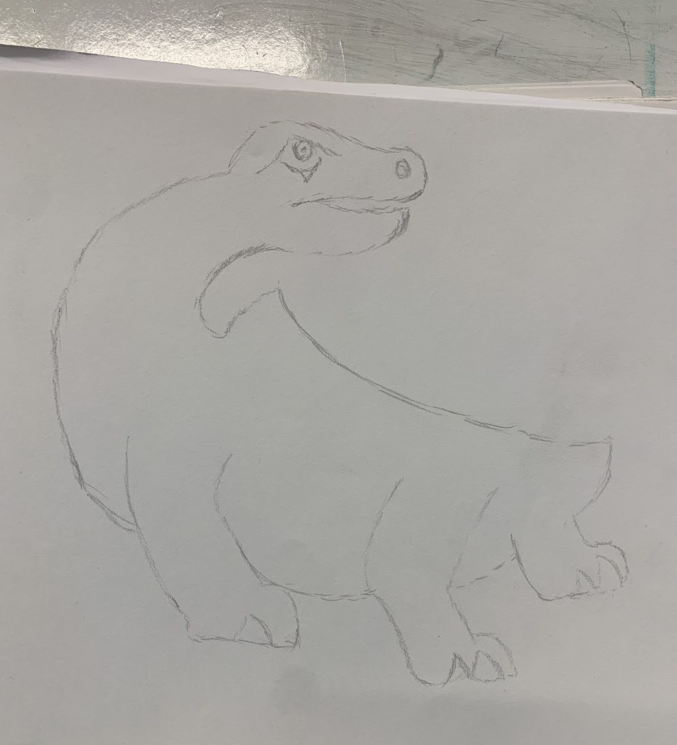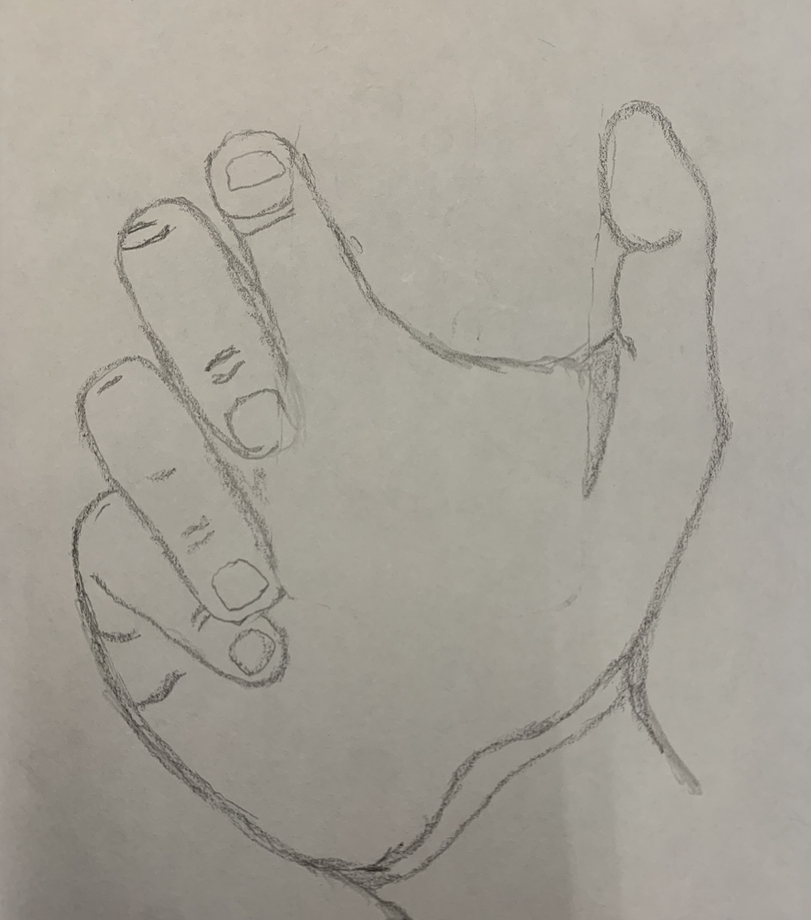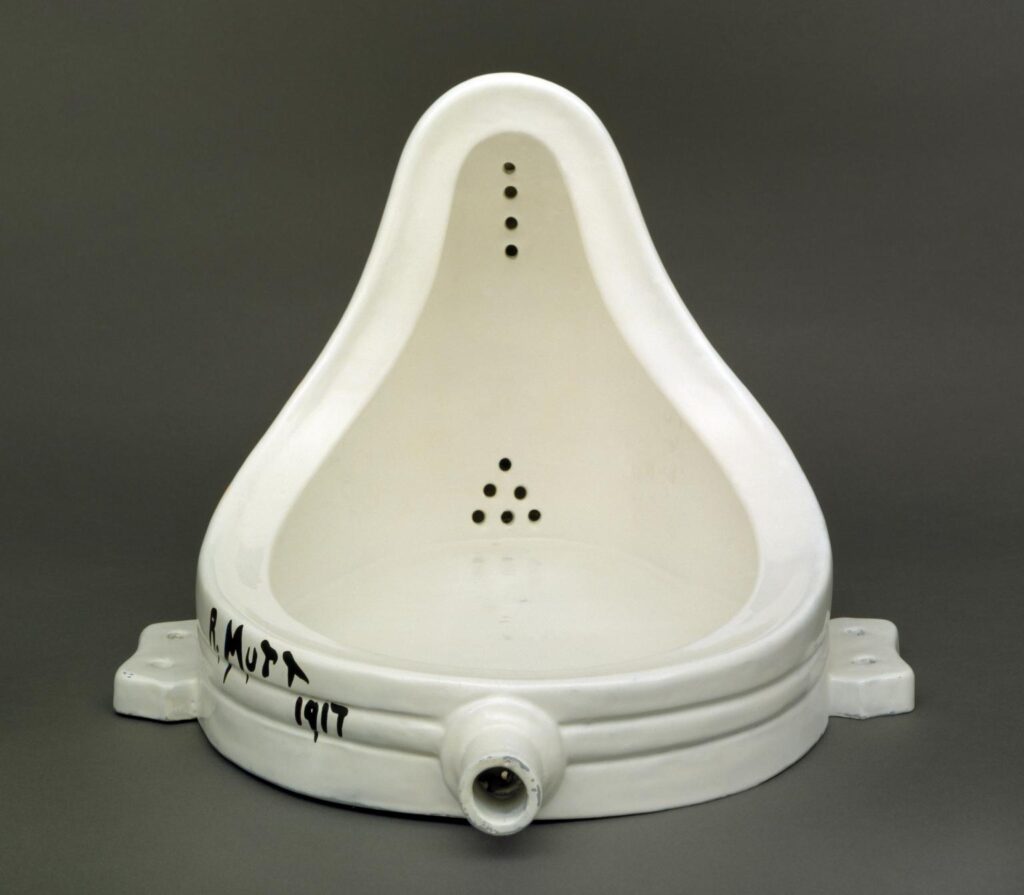Different Type Of Media In The Art World
As mentioned before in this assignment, Europeans used different media like oil paint, marble, and bronze. Other cultures have successfully used different media from that of Europe and in this blog post we will visit these media. One of the most interesting art media that I have grown to love is the Muslim art media, not because my mother and father had some connections to the religion. I remember back in Africa when I was taking a required religion class, we had a field trip to a mosque. The place was filled with all types of decorations from top to bottom, I was amazed looking at the prayer rugs and the pattern on the walls. Not a single oil paint, marble or bronze material in sight but some beautiful knotted carpets and zentangle patterns covered walls.

The old Muslim rugs were made out of wool from sheep, while foundation is usually made out of cotton. Silk is sometimes used for special rugs or for highlighting specific elements of a particular piece. Some evidence suggests that in the early Muslims got their inspiration from Europe and other part of the world. Another media to talk about is wood. Wood carving has been part of the African art history and to this day, artist from Africa and beyond are still using wood to carve the best artifacts in the world. Today modern artists still us wood to carve out objects, the process involve the artist carving out something and then cover the parts where the artist want to leave blank. They go on and put the artifacts in a chamber and bake them to create the texture and bright colors.

Links
African sculpture (contemporary-african-art.com)
